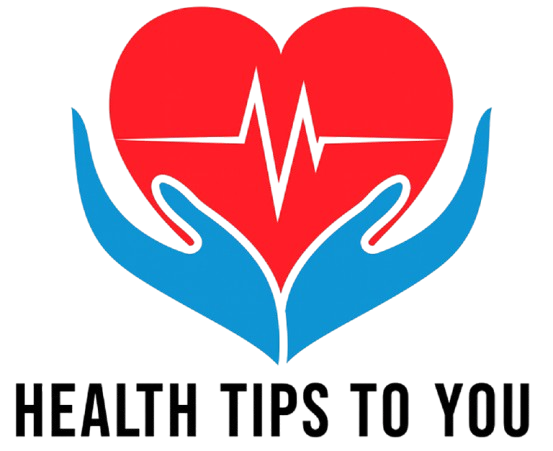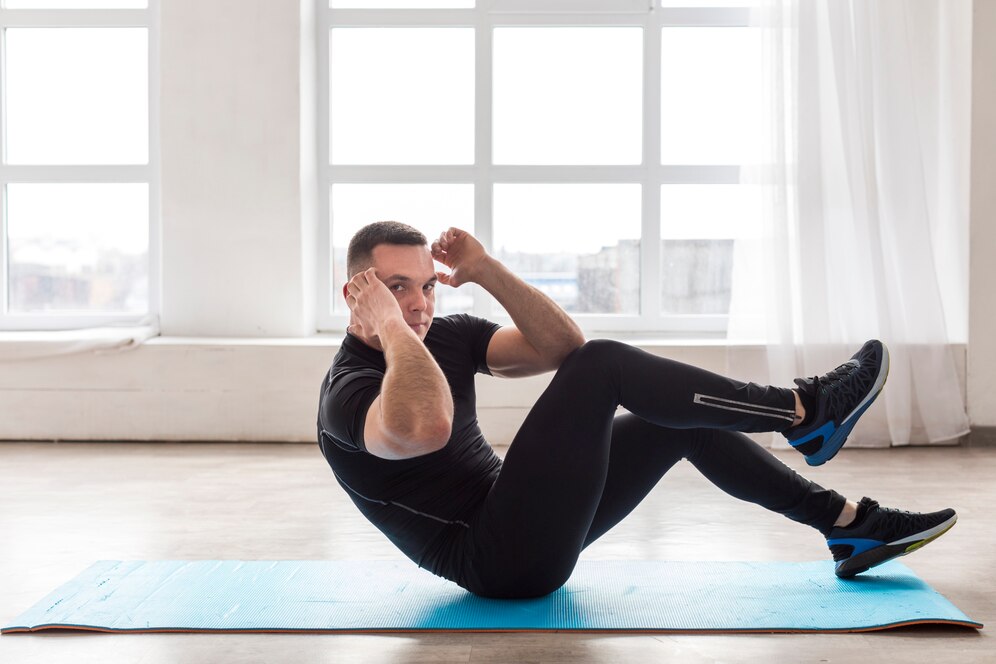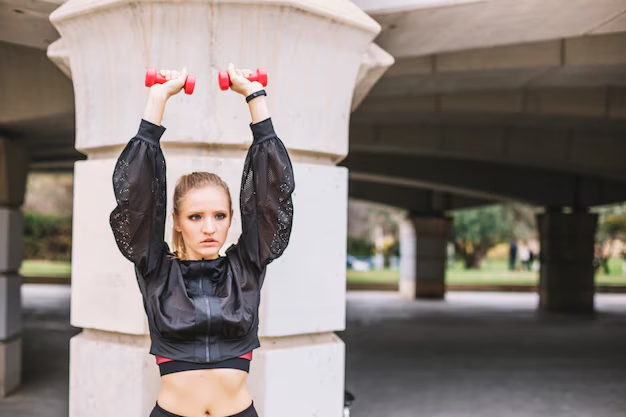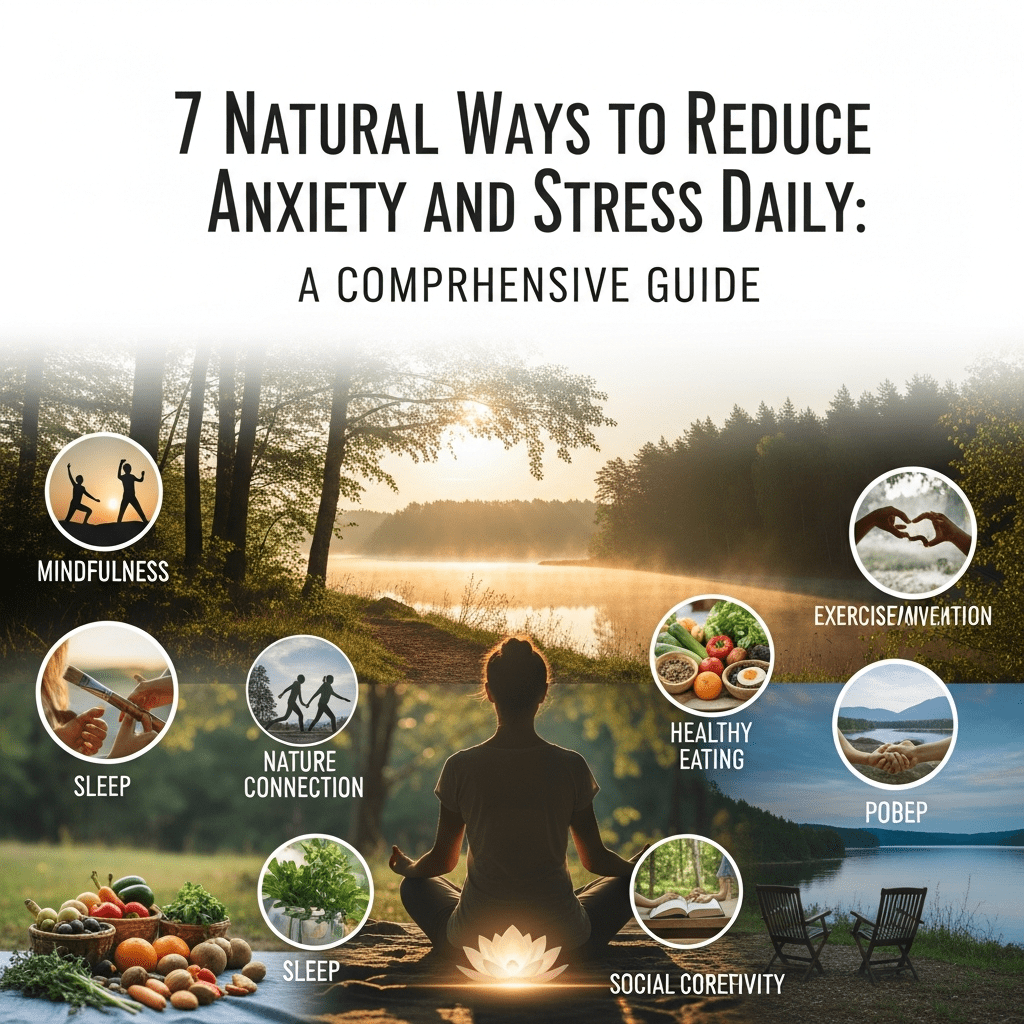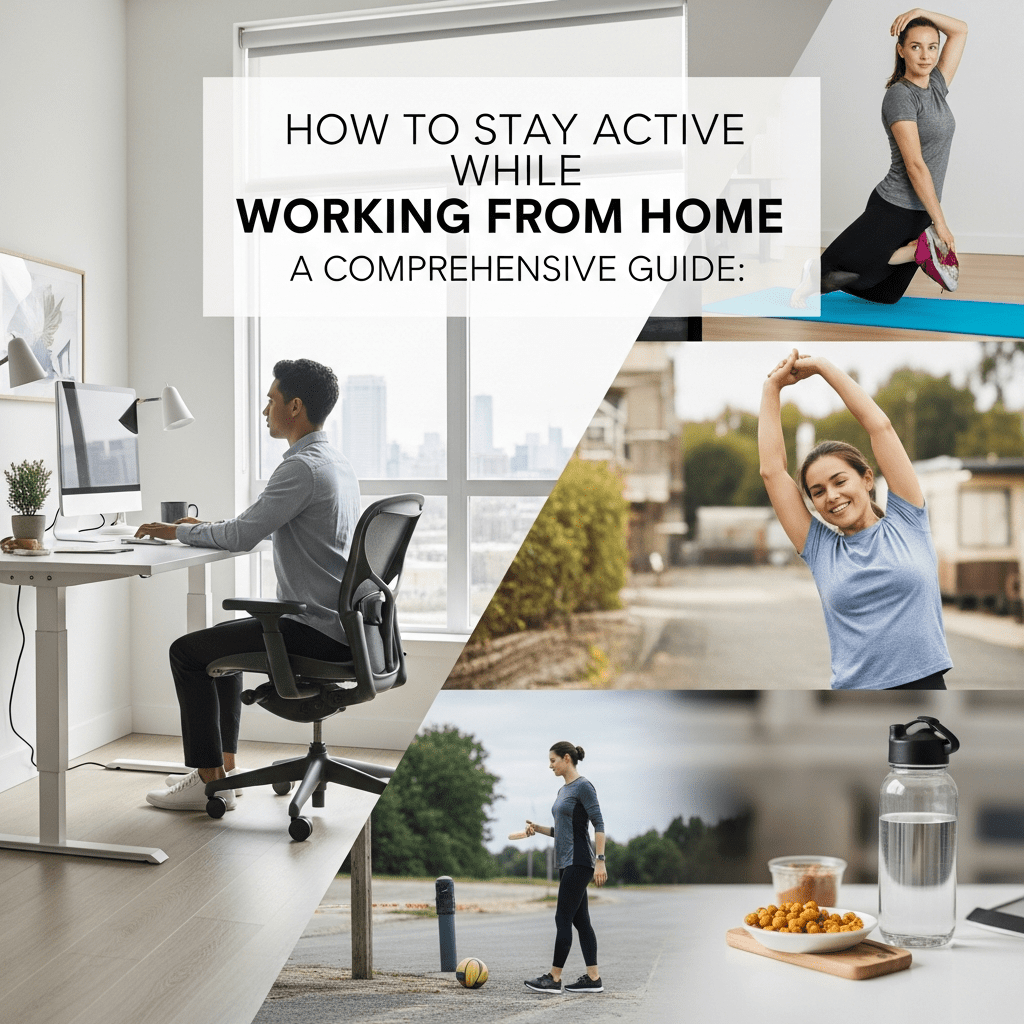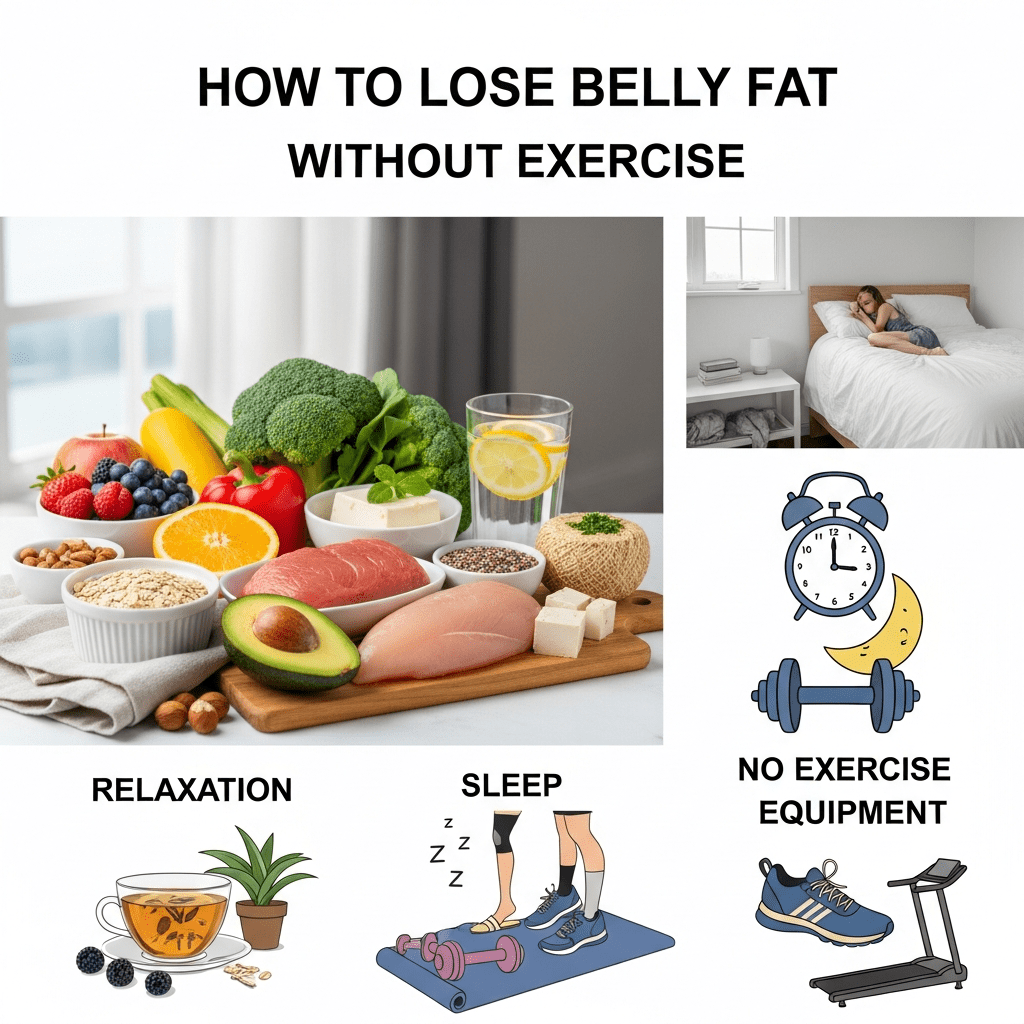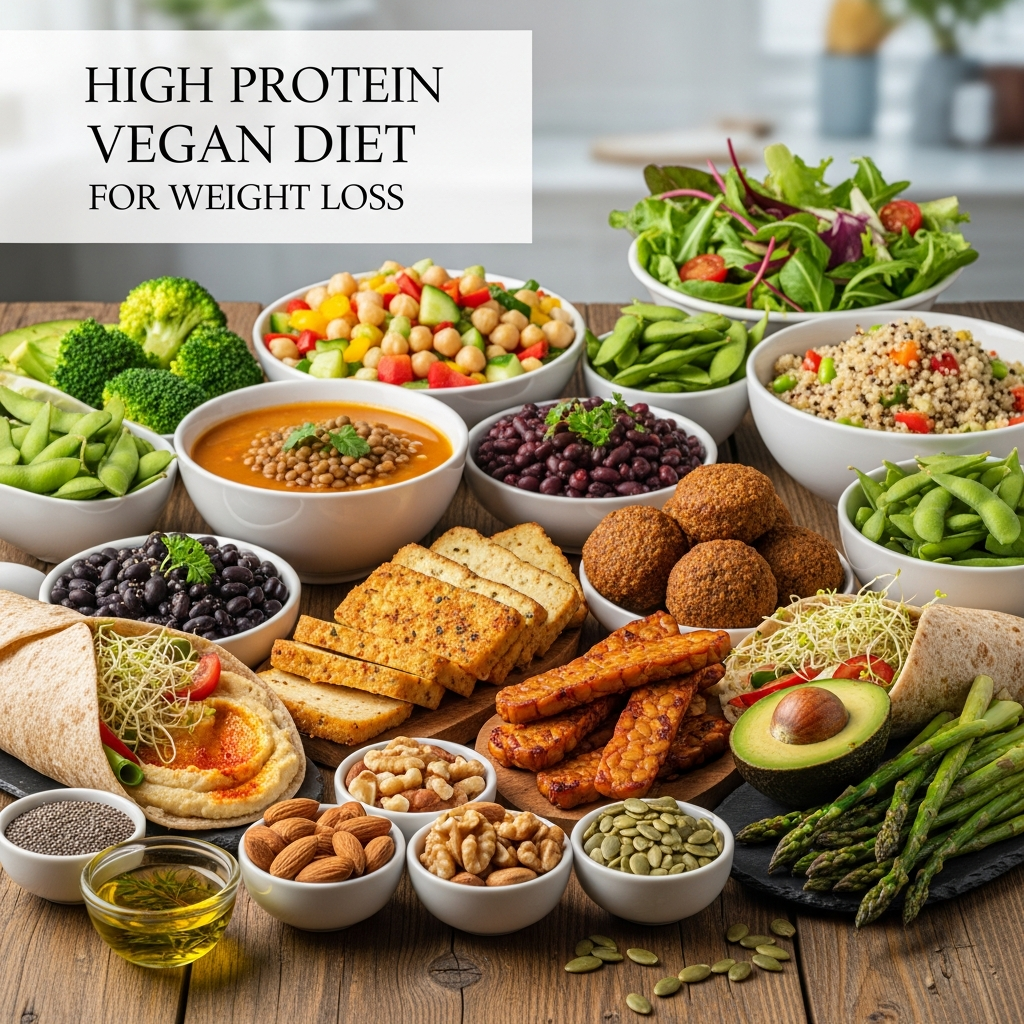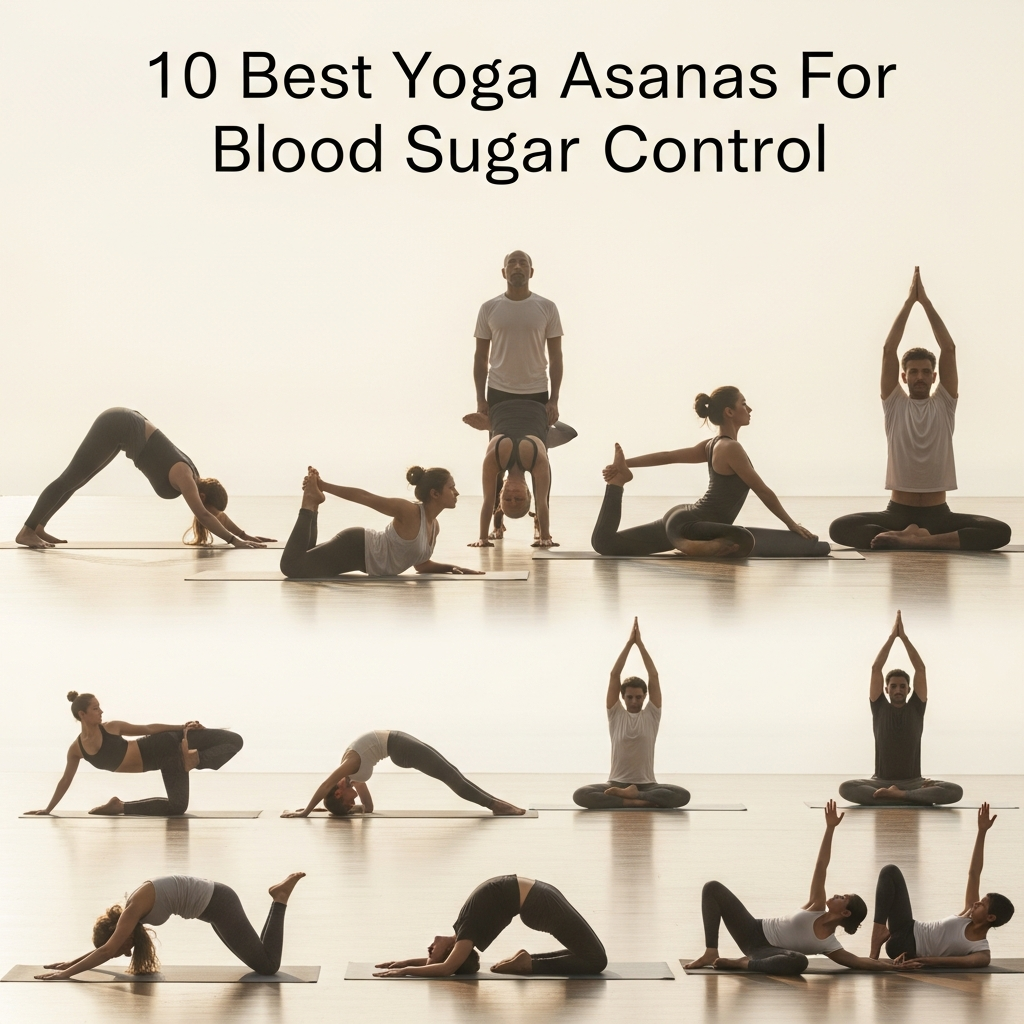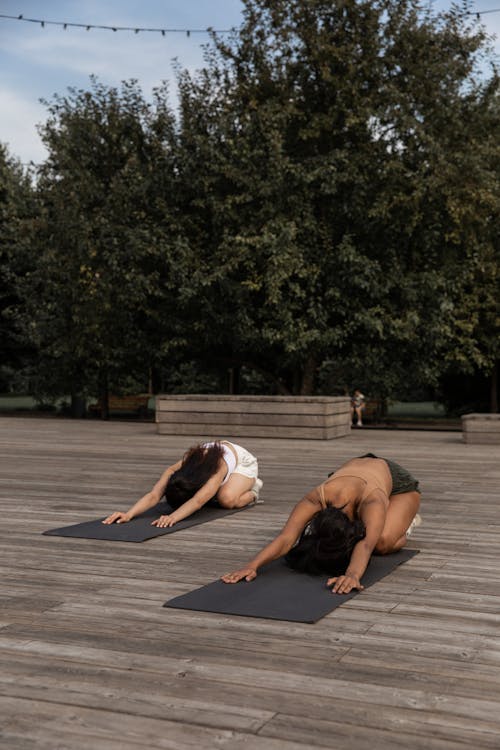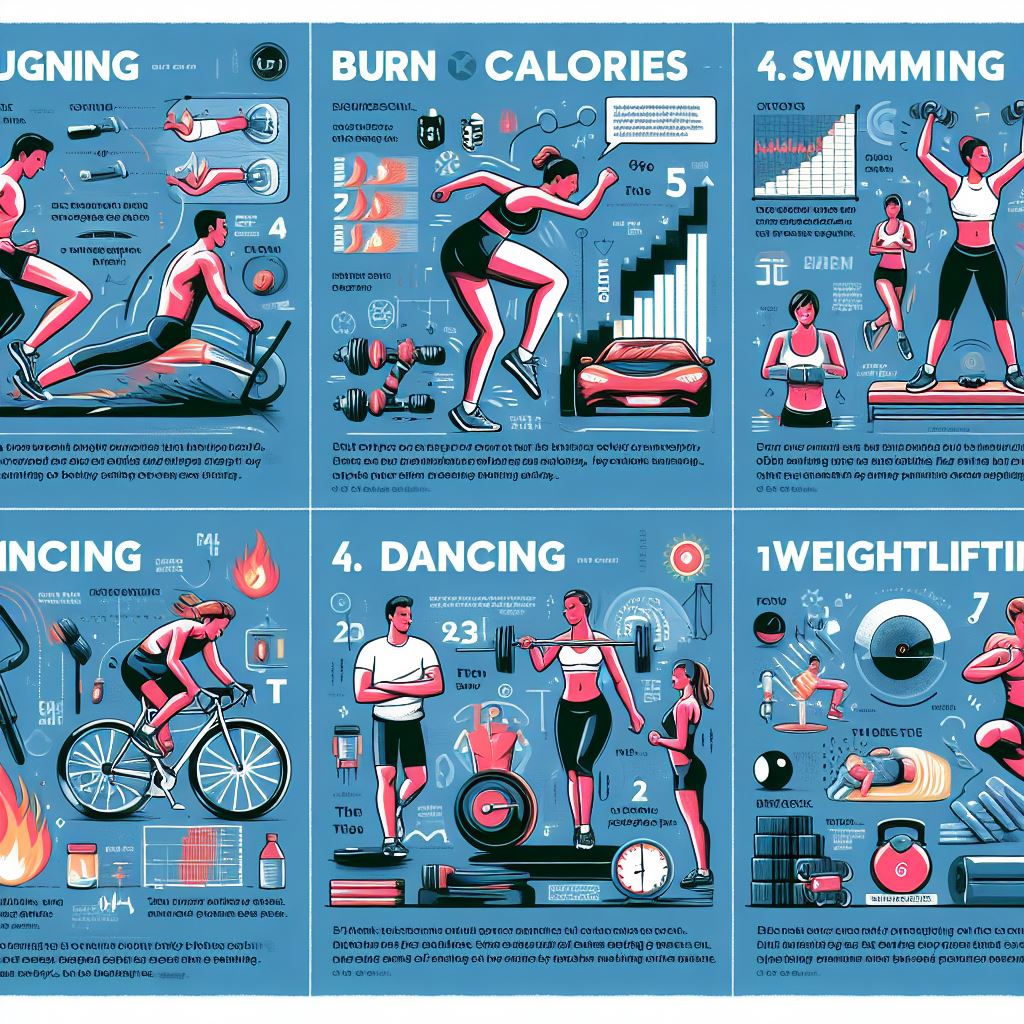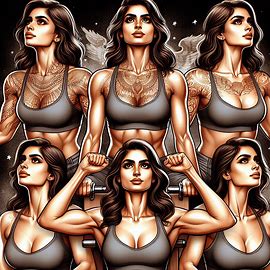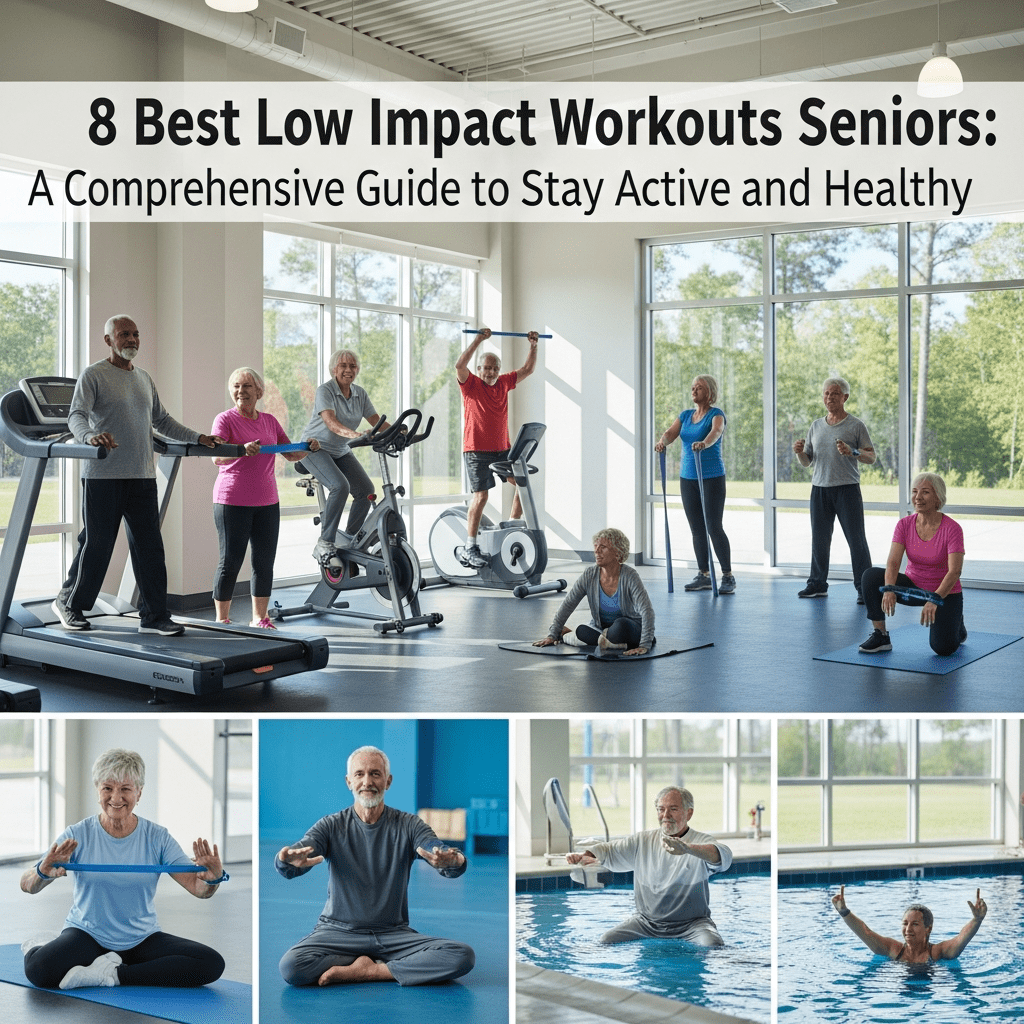
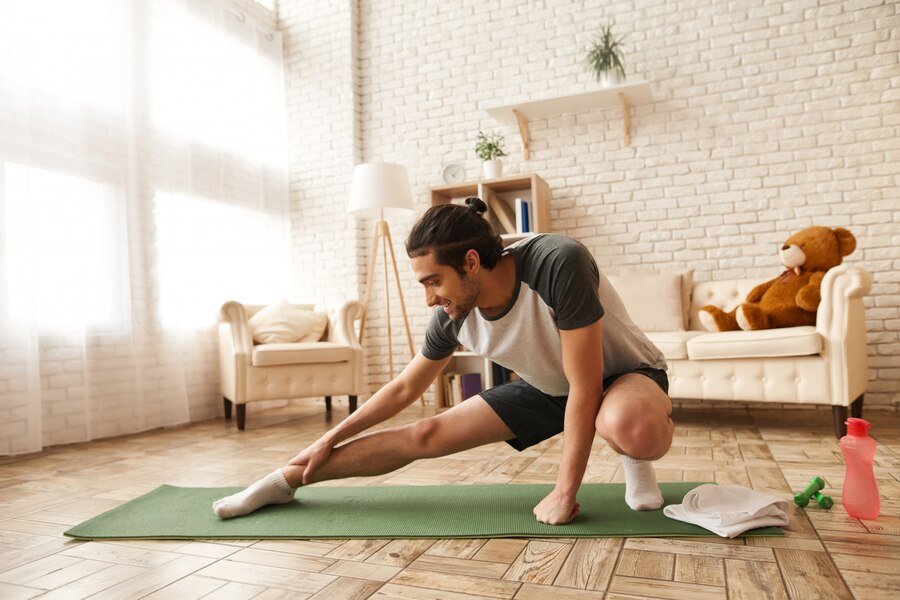
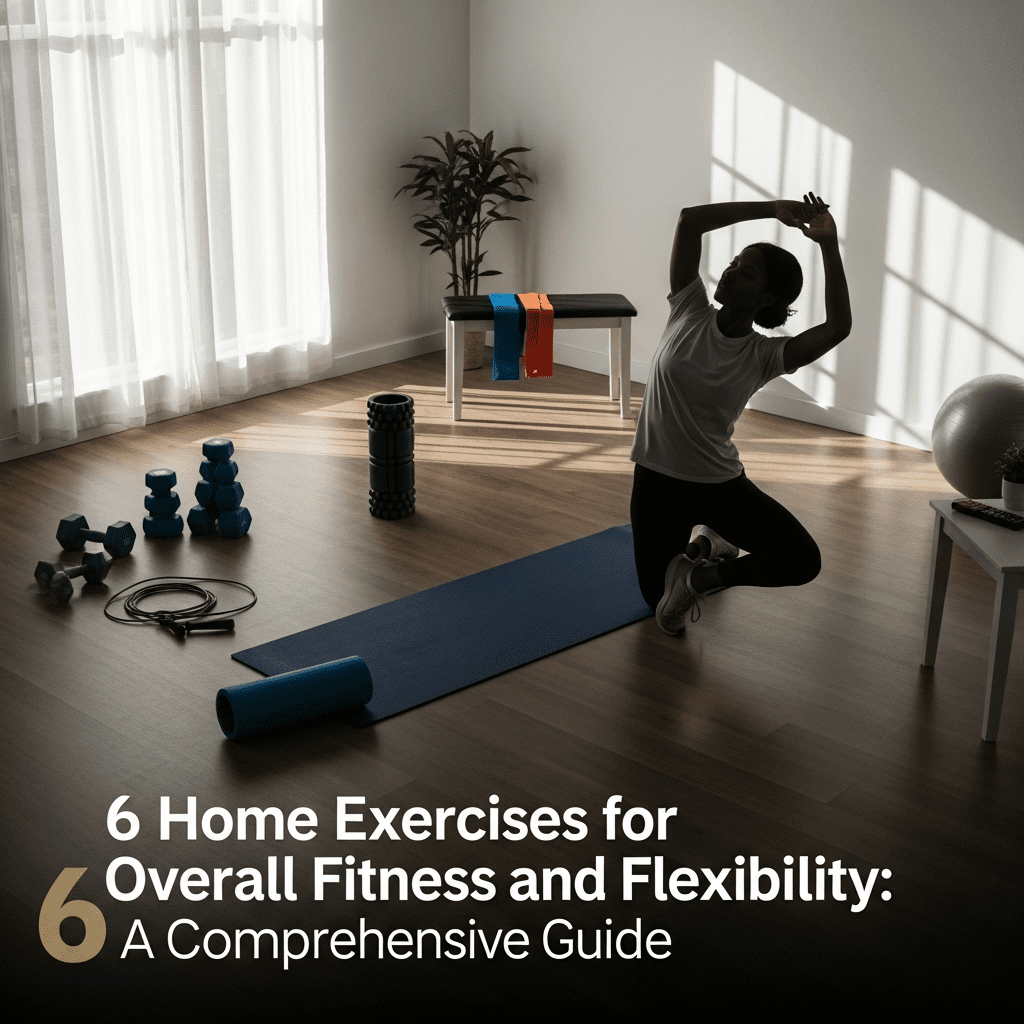
Introduction
Exercises for overall fitness is one of the easiest ways to get stronger, more flexible, and more energetic without going to the gym. Many individuals want to be healthy, look good, and feel strong, but they assume they need to buy expensive equipment or pay a personal trainer to do that. You can actually have a strong body and flexible muscles at home. You don’t need a lot of space; just a clear idea and few simple moves will do.
This book will teach you about the Exercises for overall fitness you may perform at home to get healthier and more flexible. People of all ages can safely and readily execute these activities. You don’t need any special tools to do them. You can do them in your bedroom, living room, or even outside. Doing these simple exercises every day will make your body stronger, help you stand up straighter, and give you more energy all day long.
When you work out at home, you have more freedom. These routines will help you build a healthy lifestyle that lasts if you stay with them and are patient.
This blog post will also talk about why it’s vital to be flexible, how strength training may improve your life, and how to construct a simple workout plan at home. At the end, there is also a helpful FAQ section that addresses some of the most common questions about Exercises for Overall Fitness.
Let’s get you started on the path to a body that is stronger, healthier, and more flexible.
Why It’s Important to Work Out at Home
You may stay active without having to pay for a gym membership by working out at home. They’re easy to comprehend and follow, and they’re perfect for beginners. You save time, don’t have to travel, and can relax in your own space when you work out at home.
You Don’t Need Any Tools Exercises for overall fitness
Most home workouts use your body weight. Your body develops a natural way to resist. This is a safe approach to build strength.
You Choose How to Use Your Time
You can work out in the morning, around lunch, or before bed. It’s easier to stick to the routine because it can change.
You Don’t Scare Me
When people go to the gym, they often feel shy or uncomfortable. When you work out at home, you can stay focused on yourself without feeling pressured.
You Become More Disciplined
When you practice exercises at home, you learn how to manage yourself and stick to a routine. You need these attributes to be fit for a long time.
How these Exercises for overall fitness
No matter how old you are, how active you are, or how new you are to these exercises, they can help you. These are the finest reasons to practice exercises for overall health.
1. Muscles that are stronger
When you lift weights, your muscles, bones, and joints all get stronger. Having strong muscles makes it easy for you to move and keeps you from being wounded.
2. More Flexibility
Being flexible with your muscles can help with pain, stiffness, and stress. Your body can move more easily when you are flexible.
3. More Energy
Exercise helps your blood flow better and offers you more oxygen. This gives you extra energy to get through your daily responsibilities.
4. Keeping your weight in check
You may lose weight and keep it off by doing things at home.
5. Better posture
Strong core muscles help you stand up straight and make back pain less severe.
6. Good for your mental health
Working out can assist with anxiety, tension, and sadness. It also helps you feel healthier and more confident.
7. Health of the Heart
Stretching and doing cardio are healthy for your heart and help blood flow better.
6 Ways to Get Fit and Flexible at Home
You can do these six workouts at home. Each workout has clear instructions, benefits, and tips for beginners.
1. Jumping Jacks
Jumping jacks are a great method to warm up before working out. They make your heart beat faster, warm up your muscles, and get your joints ready to move.
How to Do It
- Straighten up.
- Jump and move your feet apart.
- Put your arms over your head.
- Return to where you began.
- Do it again for 20 to 30 seconds.
Pros
- Makes the heart work better
- Burns calories
- Makes the whole body move more
- Gives you additional strength
Tips for Newbies
Take it easy at first. If it aches to leap, move your arms up and down while walking sideways.
2. Squats
Squats are one of the best workouts for being fit all over. They make your core, glutes, and legs stronger.
How to Do It
- Put your feet shoulder-width apart.
- Move your hips back.
- Bend your knees and lower your torso.
- Keep your chest up.
- Get back up.
Pros
- Stronger legs
- More balance
- More movement in the lower body
- Better posture
Advice for Newbies
Your knees should be behind your toes. Don’t rush and don’t bounce.
3. Push-Ups
Push-ups engage your chest, arms, shoulders, and core. They are great for overall fitness because they make your upper body stronger.
How to Do It
- Put your hands on the ground.
- Put your legs behind you.
- Keep your body straight.
- Bring your chest down to the ground.
- Push back up.
Good things
- Makes the upper body stronger
- Strengthens the core
- Keeps muscles working longer
Advice for Newbies
If complete push-ups are too hard, try doing them on your knees or against a wall.
4. Plank
Planks are a terrific way to make your core stronger and more stable. A strong core helps you stand up straight, move smoothly, and stay balanced.
How to Do It
- Do push-ups on the floor.
- Put your forearms on the ground and bend your elbows.
- Keep your body straight.
- Hold for 20 to 40 seconds.
Pros
- Core that is more powerful
- Better posture
- Less pain in the back
- Better balance
Advice for Newbies
Don’t let your hips sag. Keep your stomach tight.
5. Lunges
Lunges are good for your glutes, hips, and thighs. They help you be more flexible and stable.
How to Do It
Stand up straight.
- Take a step forward with one foot.
- Lower your body until your knees are at a right angle.
- Push back up to where you were before.
- Do the same procedure with the other leg.
Pros
Legs that are stronger
- More balance
- Hips that move more easily
- Advice for Newbies
Make sure your front knee is squarely over your ankle.
6. Do some stretches before the standing toe touch.
This is a basic stretch that can make you more flexible. It helps your hamstrings, lower back, and hips relax.
How to Do It
- Straighten up.
- Slowly bend forward.
- See if you can touch your toes.
- Do it for 15 to 30 seconds.
- Stand up slowly.
Pros
- More freedom
- Less tension in the muscles
- Better body position
- Muscles that are not tense
Tips for Newbies
If you can’t touch your toes, reach as far as you can without hurting yourself.
How to Plan a Simple Workout at Home
Exercises that improve your general fitness function better when you include them in your routine. Here is a simple schedule you can use:
Get ready (3 to 5 minutes)
- Jumping jacks
- A little bit of stretching
Main Workout (15 to 20 minutes)
- Three sets of squats
- Three sets of lunges
- Two sets of push-ups
- Plank (2 sets)
Five minutes of flexibility training
- Touching your toes while standing
- Stretches for the shoulders and arms
Cool Down (2 minutes)
- Breathing deeply
- Slowly and gradually stretching
You can adjust this routine to fit your level of fitness.
Tips for Staying Consistent
Take your time
Don’t push yourself too hard at start.
Set Small Goals
You can be more disciplined and sure of yourself if you set little goals.
Keep an eye on how you’re doing.
Keep track of your exercise in a journal or an app.
Drink a lot of water.
Water keeps your body healthy and moving.
Set up a spot to work out
Keep your space clean and free of objects that could get in the way.
Be patient.
It takes time to see results, but being consistent always works.
FAQ
1. What are the best Exercises for overall fitness ?
Some of the best exercises for beginners to get fit are squats, lunges, planks, and mild stretching. These workouts are safe and effective.
2. How often should I practice home exercises for overall fitness?
Three to five times a week, you can work out for your health. Start with short sessions and gradually add more time.
3. Do I need any instruments to do Exercises for Overall Fitness?
No. Most activities for overall fitness use your own body weight. You just need some space, water, and clothes that fit nicely.
4. Do exercises that make you healthier as a whole help you lose weight?
Yes. Working out regularly to stay healthy can help you burn calories, speed up your metabolism, and keep your weight in check.
5. Do exercises that are good for your general health help with flexibility?
Yes, without a doubt. Many workouts for overall health include stretching and mobility routines that help you become more flexible.
Final Words
You may improve your body, mind, and vitality without going to the gym by doing exercises for overall fitness. Jumping jacks, squats, push-ups, planks, lunges, and toe-touch stretches are six simple workouts that are good for everyone, no matter how fit they are. When you do these exercises every day, you get stronger, more flexible, and healthier.
Start with small things. Stay the same. Believe in how far you’ve come. Working out at home may alter your life if you put in the time and effort. It can help you become in better shape, become more flexible, and feel more confident.
Related articles
- Active living
- 10 Best Core Exercises for Beginners at Home: Build a Stronger Core Without Equipment
- 7 Strength Training Exercises for Women Over 40: A Comprehensive Guide
- 4 Best Exercises for Health
- 15 Pilates Exercises for Beginners: A Gentle Start to Core Strength and Flexibility
- 8 Lower Back Stretches That Actually Work for Pain and Mobility
- The 3 Best Beginners Weight Training Tips
- 6 12 25 Workouts: The Muscle-Building Secret Behind This Brutal Hypertrophy Method
